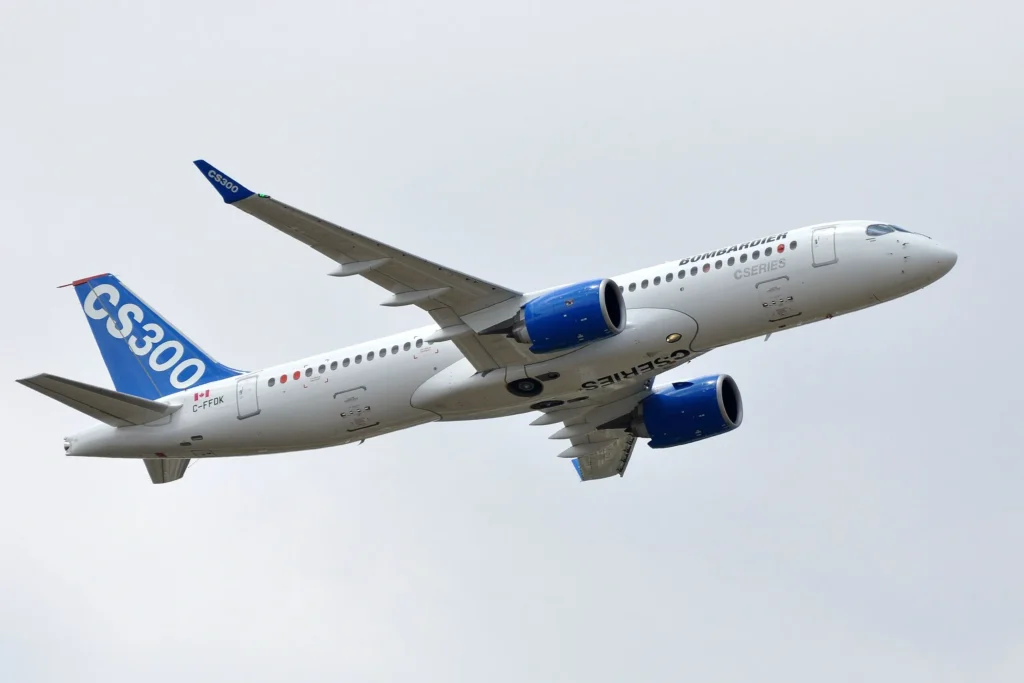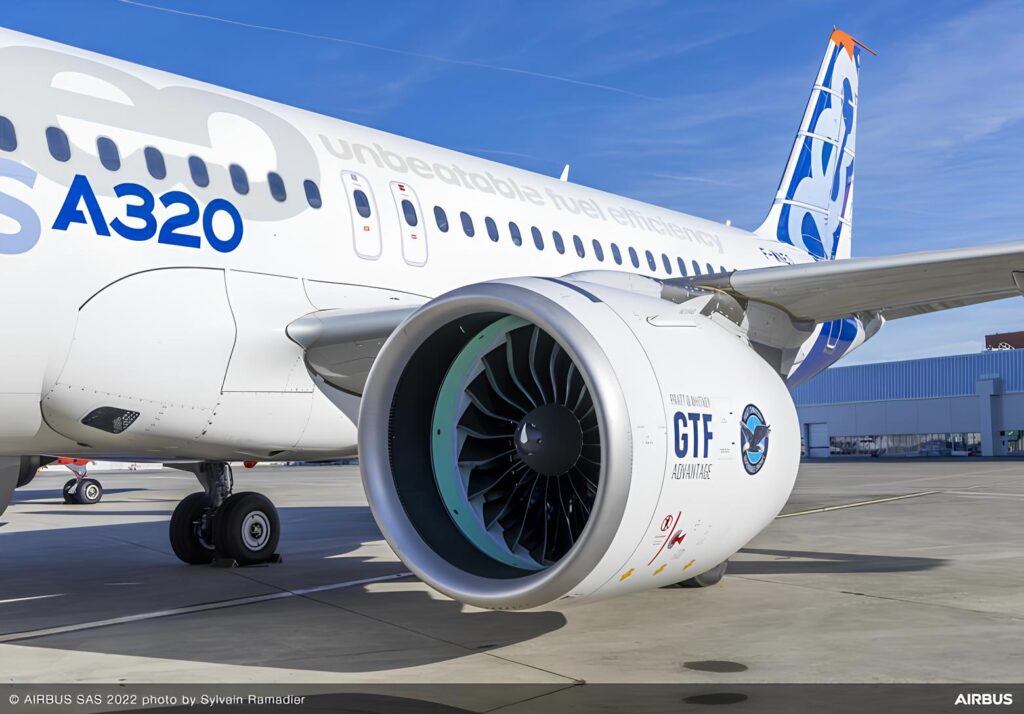
TOULOUSE- Airbus announced plans to begin certification work on a 160-seat version of its A220 aircraft during 2025, responding to what officials describe as strong market demand for increased passenger capacity.
The European aircraft manufacturer outlined the expansion plans during a technical briefing conducted in Toulouse on June 11, marking a significant development in the A220 program’s evolution.
 Airbus A220 Production Facility; Photo- Airbus
Airbus A220 Production Facility; Photo- AirbusAirbus A220 Enhancement Plans
A220 chief engineer Jean-Francois Parent confirmed that market operators have submitted strong requests for higher seat-count configurations beyond the current maximum capacity limitations.
The certification initiative represents Airbus’s continuing effort to enhance the twinjet’s operational capabilities and market competitiveness across various airline operational requirements.
The 160-seat configuration concept originated during Bombardier’s development of the aircraft as the CSeries program before Airbus acquired control of the project in 2018.
Bombardier previously pitched similar high-density variants during the aircraft’s initial development phase, indicating sustained industry interest in expanded capacity options.
Airbus inherited the technical foundation and market research supporting higher-capacity variants when the company assumed program leadership.
The current certification initiative builds upon previous engineering work while incorporating modifications and improvements developed during the aircraft’s operational service history.
 Bombardier CS300; Photo- Eric Salard
Bombardier CS300; Photo- Eric SalardRegulatory Framework
The European Union Aviation Safety Agency currently restricts A220-300 aircraft to a maximum of 149 passengers under specific operational conditions.
These limitations require overwing exits to meet “over-performing” Type III criteria, including dual-lane evacuation slide systems that demonstrate enhanced emergency evacuation capabilities.
Parent indicated that achieving 160-seat certification will require installation of a second overwing exit, following the same approach originally proposed by Bombardier for high-density configurations. This modification addresses regulatory safety requirements while enabling operators to maximise passenger capacity within certified operational parameters.
The additional overwing exit installation represents a significant structural modification requiring comprehensive certification testing and regulatory approval processes.
Airbus engineers must demonstrate that the modified configuration maintains all required safety standards while providing effective emergency evacuation capabilities for increased passenger loads.
 Airbus A220 Production; Photo- FRAME (YouTube)
Airbus A220 Production; Photo- FRAME (YouTube)Engine Performance Improvements
Parent reported significant improvements in Pratt & Whitney PW1500G engine time-on-wing performance since the A220 entered commercial service.
Aircraft configuration changes have addressed approximately 90% of previous engine-removal drivers, indicating substantial progress in operational reliability and maintenance cost reduction.
The engineering team continues learning from A320neo program experiences to implement planned A220 improvements.
Enhanced climb derate functionality will allow reduced engine utilisation during climb phases while maintaining maximum climb capability, providing operators with increased operational flexibility and extended engine life.
 Photo: Airbus
Photo: AirbusAdvanced Systems Integration
Airbus plans to incorporate ‘dual motoring to start’ technology from what Parent described as the A220’s “big brother” aircraft family. This fully automated system enables flight crews to start both engines more rapidly at gate positions, improving operational efficiency and reducing ground time requirements.
The dual-engine start system requires software updates to full-authority digital engine control systems and aircraft avionics platforms.
These modifications represent part of broader efforts to integrate advanced automation technologies developed for larger Airbus aircraft into the A220 platform.
 Photo: Colin Cooke Photo | Wikimedia Commons
Photo: Colin Cooke Photo | Wikimedia Commons2026 Service Entry Timeline
Airbus scheduled the introduction of a runway overrun awareness and alerting system for A220 aircraft during 2026. This safety enhancement system provides flight crews with advanced warning capabilities regarding potential runway excursion risks during landing and takeoff operations.
The same timeline includes the introduction of new cabin interior configurations featuring larger overhead storage bins.
Air Canada (AC) will serve as the launch customer for these interior improvements, which address passenger comfort and baggage storage capacity concerns identified during early operational experience.
Stay tuned with us. Further, follow us on social media for the latest updates.
Join us on Telegram Group for the Latest Aviation Updates. Subsequently, follow us on Google News
Air Canada Will Be the Launch Customer of A220 New Airspace Cabin
The post Airbus Begins Certification for New 160-Seat A220 Variant, Air Canada Launch Customer appeared first on Aviation A2Z.


















